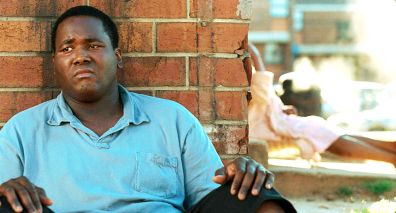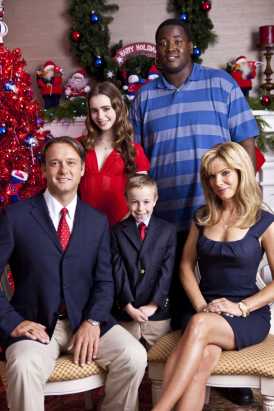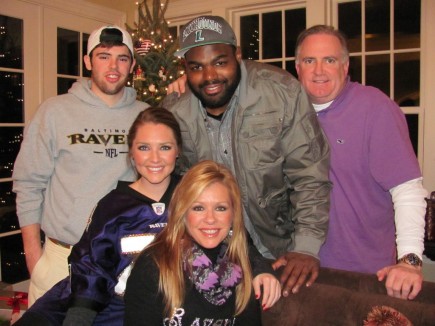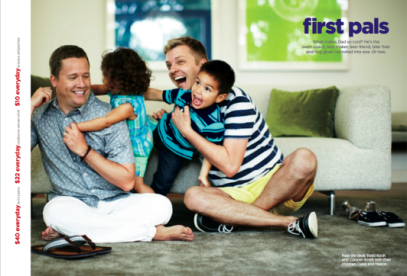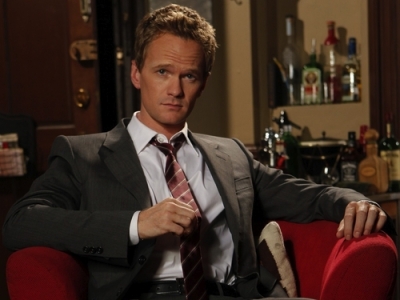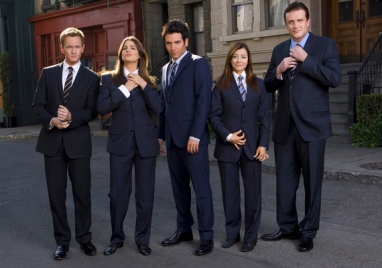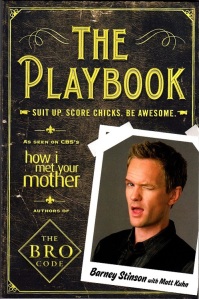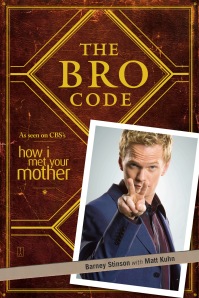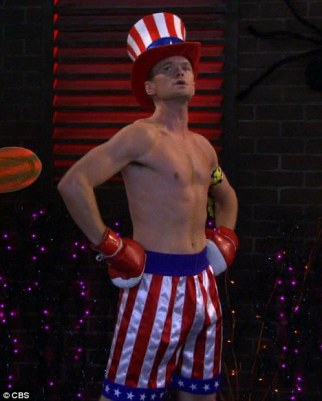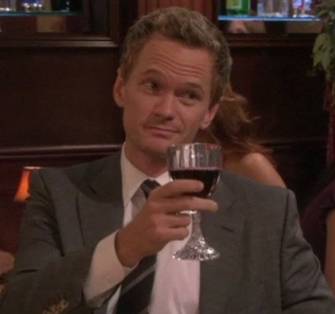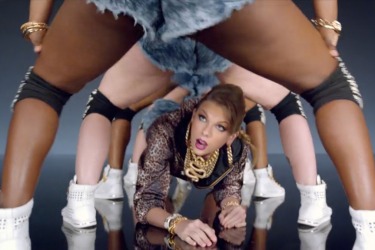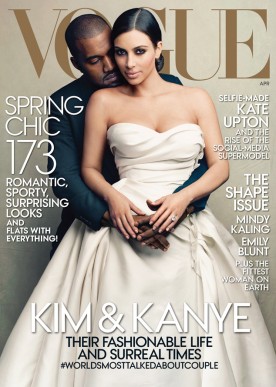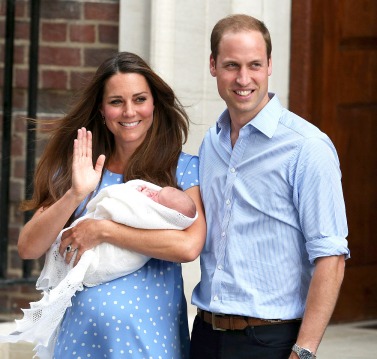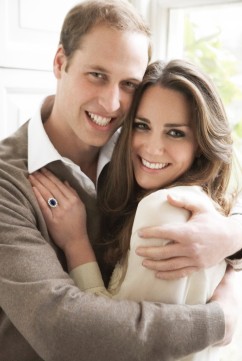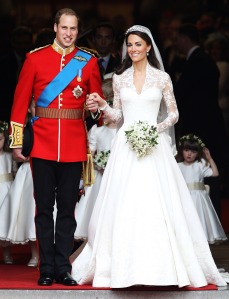In the past couple of years, a label has emerged from popular culture to become the all-too-familiar stereotype: the basic white girl. Known by other psudeonyms such as “common white girl” or even “basic bitch,” the basic white girl typecast is all over social media, perpetuating a stereotype that white females who like certain restaurants, clothing, or even artists are “basic.” According to Urban Dictionary, an online “urban” website where users can submit definitions for slang or pop culture terms themselves, “basic” is: an adjective used to describe any person, place, activity involving obscenely obvious behavior, dress, action; unsophisticated; something that is uninteresting, vapid, boring, or uncool. Excuse me? I think I’m pretty cool.
This stereotype has gone on to prompt anonymous Twitter handles, such as Common White Girl (and other spinoffs), spoof videos- like Buzzfeed’s If Guys Acted like Basic White Girls [below], and articles on how to be a basic white girl or even ways to tell if you’re dating a basic bitch. That last article features things I enjoy too (and things I’d imagine people of any age, sex, and race might enjoy)- such as liking Paris, yoga pants, Starbucks, Victoria’s Secret, scrapbooks, How I Met Your Mother and New Girl, inspirational quotes, having a wedding board on Pinterest, baking, brunch, and wanting to be Kate Middleton. Who doesn’t want to be Kate Middleton?! And who hates cupcakes and brunch? Does liking these things make me a “basic bitch” too, and who decides that wanting to wear yoga pants without actually going to yoga is “basic?” On another note, to people who judge me for wearing yoga pants: have you ever worn them? They are ridiculously comfortable!
I know that there are stereotypes for every kind of race, gender/sex, sexual orientation, religion, societal class, career, etc. I also know that, as a white, heterosexual woman from the middle class who’s attended private schools my entire life, I have a lot of privilege in our society. To some, the basic white girl stereotype might be funny and one of the fewer negative stereotypes about my intersectional identity. However, I like Chipotle because A) it’s delicious and B) it’s actually pretty healthy (plus I think guacamole is my spirit animal- or is using the term “spirit animal” basic?), not because I’m white and biologically female. My race and sex has nothing to do with the fact that I love baking either; I enjoy spontaneously going into the kitchen and whipping up treats to share with others (I actually had cupcakes baking in the oven while typing this post). I don’t like Taylor Swift at all, and I’ve never owned a pair of cowboy boots in my whole life. Yes, I occasionally straighten my hair, but I’ve never fake tanned and don’t idolize Marilyn Monroe. But you know what? It’d be okay if I did. My personal likes and dislikes, along with my values, beliefs, opinions, and ideologies, come from a combination of how I was raised and my personal preferences and personality. I know there are always people who say that stereotypes exist for a reason, but if other white girls like Chipotle or Starbucks too, then good for them! The point is, who cares? Men and women of every race and age can love to do things like scrapbook, pin things on Pinterest, and even eat Chipotle. Liking one thing doesn’t necessarily mean that you have to enjoy something else, and I think sometimes, people almost try too hard to break those stereotypes by denying themselves things that they might actually enjoy or rejecting aspects of popular culture because they come with labels like “basic,” “gay,” or “bitch.”
We’re the consumers of texts in our society- everything from Beyoncé and Miley Cyrus, to Snapchat and selfies, to grandé White Chocolate Mocha coffees at Starbucks (Does me naming those things make me a basic white girl? I’m not even a Miley fan, though I can enjoy the hell out of a White Chocolate Mocha). If we’re being targeted based on our race, ethnicity, age, gender, sex, class, religion, sexual orientation, etc. and then labeled and criticized for liking those things, how are we ever going to win? Victoria’s Secret releases advertisements and promotions aimed at individuals just like me to buy things, but me liking and buying their products makes me a “basic bitch?” How is that fair in the slightest? I’d love to live in a world where people can like and dislike what they want without being constantly judged or attacked. A masculine, heterosexual man who enjoys a fruity alcoholic drink complete with an umbrella at the bar, an upper-class gay man who actually hates shopping and prefers watching football, or an Asian woman who is a terrific driver but not so good at math- people are individuals, and denying them that right by making stereotypical and ignorant comments or jokes about how women can’t drive or men need to “be a man” is only detrimental. Who are we actually hurting with stereotypes like that, if popular culture promotes typecasting and one privileged side’s (usually white men) opinions, beliefs, and values?
I think my main problem with the basic white bitch stereotype is that it puts me in a box and makes assumptions that I’m like everyone else who’s similar to me intersectionally, which admittedly I don’t like. I can understand that human brains like to organize and categorize things in order to make sense of the world and reduce uncertainty in unfamiliar situations. However, I am an individual. I have never owned a cat before but am a huge “dog person,” and you’ll find more thrift store clothing in my closet than designer. I’m a woman and am pretty feminine, but I love buying sweaters from the men’s department in stores and wearing them with yoga pants in cooler weather. Don’t assume based on your observation that I’m white and a female that I like Taylor Swift and would fit in your little pigeonholed stereotype. Sure, some of the tweets under the Common White Girl accounts make me laugh because I can or have friends who can relate to them, but I can also relate to people who are different from me too. Does that still make me a basic white girl, or is my white girl card revoked because I said I don’t like Taylor Swift?
